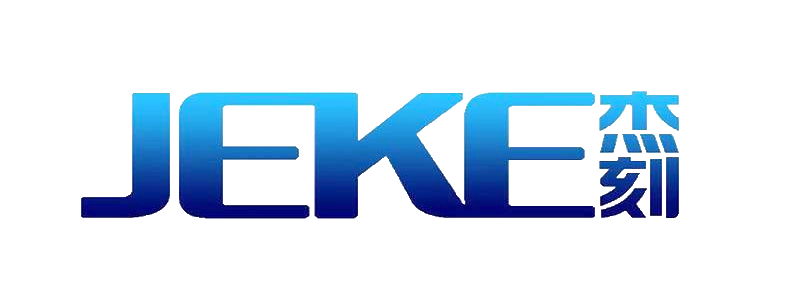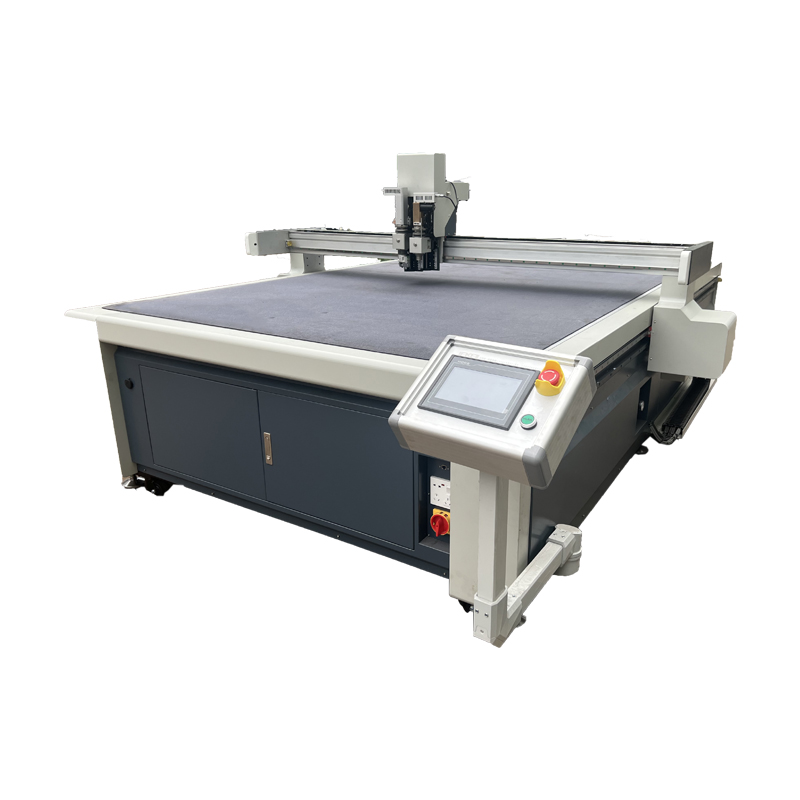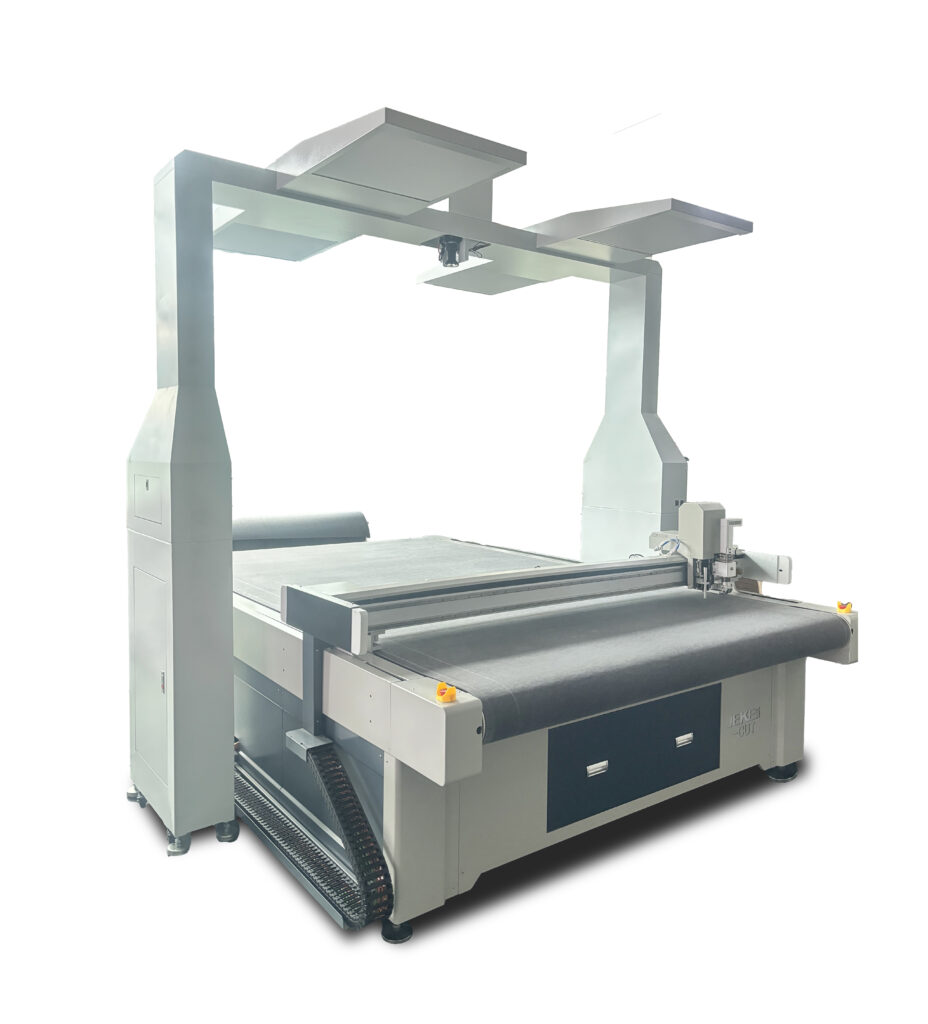In today’s manufacturing landscape, precision, speed, and efficiency are crucial for staying competitive. When it comes to cutting materials like fabric, metal, paper, and plastics, two major techniques come to mind: Digital Cutting and Traditional Cutting. While both methods have their merits, they offer distinct advantages and limitations depending on the application and material involved. In this blog post, we will explore the differences between digital and traditional cutting methods and help you determine which one is better for your specific needs.
What is Digital Cutting?
Digital cutting refers to a method of cutting materials using computer-controlled systems like CNC (Computer Numerical Control) cutting machines. These machines use precise algorithms to automate the cutting process, often utilizing tools such as blades, lasers, or water jets to cut materials. The process is guided by digital files that provide the exact cutting paths, ensuring high accuracy and repeatability.
Key Features of Digital Cutting:
- Computer-Controlled Precision: Digital cutting machines are equipped with advanced software and controllers to ensure precise cuts with minimal human intervention.
- Versatility: These machines can cut a wide range of materials, including fabrics, plastics, metal, cardboard, and composites.
- Speed and Efficiency: Digital cutting is faster, especially for intricate designs or large production runs. The machines can work continuously without the need for manual setup between cuts.
- Customization: Digital cutting allows for easy customization, making it ideal for short runs or bespoke designs. The software enables quick changes to the cutting design without the need for new molds or tools.
What is Traditional Cutting?
Traditional cutting methods generally involve mechanical or manual processes such as die cutting, laser cutting, shearing, or manual cutting using handheld tools. These methods have been used for decades and are still prevalent in many industries today. In traditional cutting, the cutting tools (dies, blades, or lasers) are usually fixed and rely on human or mechanical force to perform the cut.
Key Features of Traditional Cutting:
- Manual Labor: Traditional cutting often requires a significant amount of manual intervention, whether it’s operating a machine or guiding a blade by hand.
- Tool Dependency: Traditional methods depend on specialized tools or dies for each specific shape, making them more suitable for mass production of standardized items.
- Slower Setup Time: In some cases, especially with die cutting, a significant amount of time is required to create molds or tools for a specific design.
- Less Flexibility: Changing the design or adapting to new requirements may involve more complex or costly adjustments, as new dies or molds are often required.
Digital Cutting vs. Traditional Cutting: A Comparison
1. Accuracy and Precision
- Digital Cutting: One of the main advantages of digital cutting is the high level of accuracy it offers. Because the machines are computer-controlled, there is minimal risk of human error, and the cuts are precise to the nearest millimeter. This is crucial for industries that require intricate cuts or high tolerances.
- Traditional Cutting: Traditional cutting methods can also be accurate but are often dependent on manual skills and the quality of the tools. For example, die cutting is precise for repetitive designs but may not be as flexible when it comes to adjusting for new shapes or patterns.
2. Speed and Efficiency
- Digital Cutting: Digital cutting is faster, especially for intricate and complex designs. Since the process is automated, machines can work continuously, producing large volumes without the need for frequent stops or retooling.
- Traditional Cutting: Traditional methods can be slower, especially when dealing with intricate designs or large volumes. Manual labor is often required for adjustments or for controlling the cutting process, which can slow down production.
3. Cost
- Digital Cutting: While the initial investment in a digital cutting machine can be high, the long-term cost savings are significant. There is no need for expensive molds or dies, and the speed and accuracy of digital cutting can reduce material waste and labor costs.
- Traditional Cutting: Traditional cutting methods, such as die cutting, can incur high upfront costs for molds and dies, especially for mass production. However, for large volumes, these methods can still be cost-effective since they are optimized for repetitive cutting tasks.
4. Flexibility and Customization
- Digital Cutting: Digital cutting shines in terms of flexibility and customization. It allows manufacturers to change designs quickly and easily, without the need for new dies or molds. This makes it ideal for industries that require short runs, prototypes, or customized products.
- Traditional Cutting: Traditional methods can be less flexible, especially when it comes to changes in design. Producing new dies or molds for every change can be time-consuming and costly, which is a disadvantage for industries that require frequent design iterations.
5. Material Versatility
- Digital Cutting: Digital cutting machines can handle a wide variety of materials, from fabrics to metals to plastics. This versatility makes them suitable for industries like apparel, automotive, aerospace, and packaging, where different materials need to be cut in precise ways.
- Traditional Cutting: While traditional cutting can handle many materials, it may not be as versatile as digital cutting. Each tool (e.g., die or blade) is typically designed for specific materials, and switching between materials can require significant setup changes.
Which Method is Better for Your Business?
Choosing between digital cutting and traditional cutting depends on your specific needs, budget, and the nature of your production. Here are a few scenarios to consider:
- If you need high precision and speed with the ability to easily change designs, digital cutting is the better option. It’s ideal for industries like apparel, automotive, and electronics, where accuracy and customization are crucial.
- If you are producing large volumes of identical products with limited design changes, traditional cutting methods like die cutting may be more cost-effective. This method works well in industries like packaging or certain manufacturing processes where consistency is key.
Conclusion
Both digital and traditional cutting methods have their strengths and weaknesses. Digital cutting offers unmatched flexibility, precision, and efficiency, making it the go-to option for industries with complex designs and shorter production runs. Traditional cutting, on the other hand, remains a reliable and cost-effective solution for high-volume, standardized production. Understanding your needs and the type of materials you work with will help you make an informed decision about which cutting method is best for your business.
Frequently Asked Questions (FAQ)
- How much does a digital cutting machine cost?
- The price of a digital cutting machine depends on its size, capabilities, and features. Prices typically range from $10,000 to $100,000 or more, depending on the complexity of the machine.
- Can digital cutting machines handle multiple materials?
- Yes, digital cutting machines are versatile and can handle various materials, including fabric, leather, plastic, cardboard.
- What are the maintenance requirements for digital cutting machines?
- Regular maintenance is crucial to keep a digital cutting machine operating at peak performance. This includes cleaning, checking software updates, and inspecting mechanical parts for wear and tear.
- Is digital cutting more expensive than traditional cutting?
- Digital cutting machines often have higher upfront costs but can lead to significant savings over time due to reduced material waste, faster production times, and fewer labor costs.
By providing a detailed comparison, businesses can make more informed decisions when choosing between digital and traditional cutting methods. Whether you prioritize flexibility, speed, or cost-effectiveness, understanding these cutting technologies will help optimize your manufacturing process.
If you have any other questions about CNC equipment, you can also contact us




